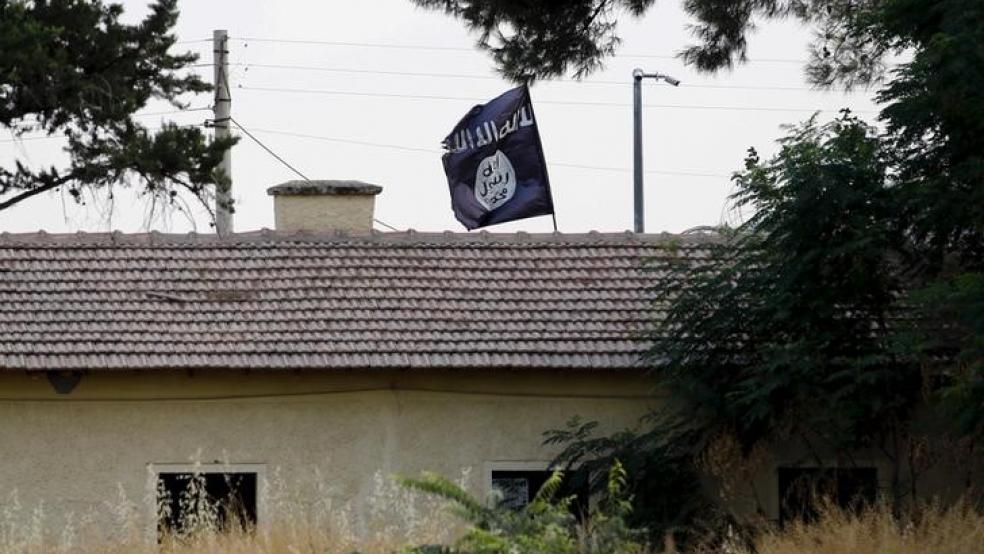The international effort to stem the flow of would-be extremists to Syria and Iraq to join ISIS appears to be a bust. According to a new private intelligence report, the number of foreign fighters in the region has doubled since 2014.
The estimate by the Soufan Group is the latest indication that efforts to stem the flow of jihadists rallying to the terror group’s black banner have failed. Somewhere between 27,000 and 31,000 fighters from 86 countries have entered the conflict in the last year, according to the New York-based firm, compared to roughly 12,000 in Syria in June 2014.
Related: The West Can Defeat ISIS – but What Comes Next?
While the Middle East and North Africa produced the most recruits -- around 8,000 each – upwards of 5,000 came from Western Europe. Another 2,400 came from Russia, quadruple the number since the last time the study was published and an indication that President Vladimir Putin faces an increasing problem with radicalization on his soil.
By contrast, the flow of recruits to Syria and Iraq from North American has been stable and relatively small. As of September 2015, about 150 Americans had successfully traveled to the region, with another 130 travelling from Canada.
Of those international fighters who travel to join ISIS, 20 to 30 percent return to their home countries, representing a new threat in the countries of origin.
"The foreign fighter phenomenon in Iraq and Syria is truly global,” the report states.
Related: Here’s How Much ISIS Is Earning Every Day
“The Islamic State has seen success beyond the dreams of other terrorist groups that now appear conventional and even old-fashioned, such as Al-Qaeda,” the document adds.
President Obama has targeted the terror network’s worldwide influence, convening a summit in Washington earlier this year aimed at countering violent extremism as well as chairing a United Nations summit on the topic.
Yet the push was widely fallen flat, with ISIS using social media to inspire followers around the globe, the latest example being last week’s terror attack in San Bernardino, California, that killed 14. The suspects, a man and wife, allegedly had been radicalized for “quite some time,” according to FBI officials, and the couple was reportedly inspired by ISIS.
Tuesday’s report could influence the swirling Capitol Hill debate over Syrian refugees. The president wants to resettle 10,000 migrants in the U.S. but after the ISIS attacks in Paris last month, in which some of the shooters used fake passports to enter France, the GOP-controlled Congress voted to “pause” the effort. Lawmakers are now weighing a number of other ways to tackle what many view as a serious security threat to the country.
Related: Why Paris Was the Target of the ISIS Massacre
It’s unclear what steps Washington can take to lower the number of would-be acolytes. In September the House Homeland Security Committee’s bipartisan foreign fighter task force concluded the U.S. had failed to reverse the tide of foreign fighters. But solutions have been slow in coming as Capitol Hill has been occupied with other political fights.
In a primetime address to the nation on Sunday, Obama suggested the best was to prevent ISIS from gaining more recruits is to refrain from deploying U.S. ground troops to the region.
“We should not be drawn once more into a long and costly ground war in Iraq or Syria. That’s what groups like ISIL want. They know they can’t defeat us on the battlefield. ISIL fighters were part of the insurgency that we faced in Iraq,” the president said.
“But they also know that if we occupy foreign lands, they can maintain insurgencies for years, killing thousands of our troops, draining our resources, and using our presence to draw new recruits.”





